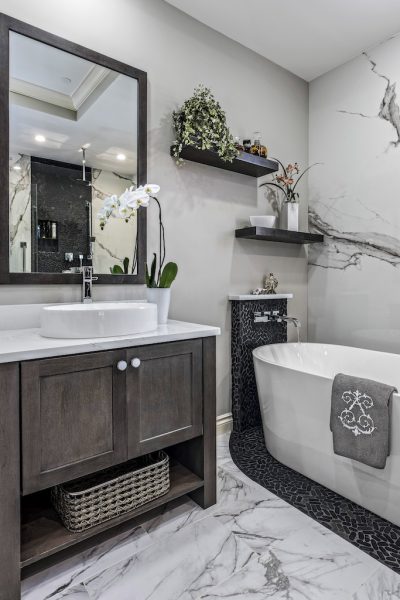Remodeling your house can feel overwhelming, particularly when considering all the options available and the impact of seasonal changes on the project. Regardless you're looking to create a comfortable living space for the winter months or improve your outdoor entertaining area for summer, grasping the best practices and trends can make all the distinction. By using the right planning and insights, the home remodel can be a fulfilling experience that adds both comfort and value to your property.
This guide will guide you through essential seasonal remodeling tips. From budget-friendly ideas that won’t empty your wallet to the latest trends for 2024, we have got you covered. Whether you are contemplating a kitchen upgrade, a bathroom renovation, or revamping your unused spaces like attics and basements, we’ll explore how to achieve your vision while avoiding common pitfalls. Join us as we delve into practical strategies to ensure the house shines all year round.
Organizing Your Renovation: Approaches and Suggestions
Before diving into a home remodeling project, it's important to have a well-defined plan in place. Start by establishing your goals and identifying the key reasons for your remodel. Are you looking to increase efficiency, boost curb appeal, or create a more modern space? Formulating a concise vision will help guide your decisions during the project and ensure that you remain on track on your objectives.
Then, set a practical budget that encompasses all aspects of the project. Factor in costs for materials, labor, permits, and unforeseen expenses that may occur. It’s wise to allocate an additional percentage of your budget for unforeseen issues. Investigate available funding options, such as loans or grants, that can assist you in funding your remodel efficiently without breaking the bank.
In conclusion, choose whether to take up the project yourself, engage a contractor, or a combination of both. DIY remodeling can save you money, but it demands time, skills, and a willingness to learn. On the other hand, bringing in a professional can reduce time and guarantee that the work meets safety and quality standards. Weigh the pros and cons carefully according to your budget, skills, and the scale of your intended renovations.
Inexpensive Renovation Ideas
Updating your house doesn’t have to empty your wallet. One efficient approach is to concentrate on minor, high-impact upgrades that bring fresh life to your home without significant expenses. For instance, painting walls, upgrading fixtures, or installing new hardware to cabinets can create a contemporary look at a fraction of the expense of a major renovation. Additionally, think about repurposing existing furniture or decor, which can help you save money while providing a unique touch to your updated environment.
When designing your remodel, prioritize areas that need little structural change but can still enhance usability and aesthetics. For instance, in the kitchen, instead of a full remodel, you can refresh countertops and replace old appliances with energy-efficient models. In the bathroom, even new tile or updated lighting can create a contemporary feel without major work. Budget-conscious homeowners can also explore local resources or online marketplaces for second-hand materials that are both affordable and distinctive.
Lastly, take benefit of DIY opportunities where feasible. While certain projects may require professional assistance, many renovations can be handled by homeowners, particularly with the wealth of online tutorials and resources available. Simple tasks like repainting, landscaping, or installing shelves can drastically cut costs. Remember to evaluate your skills honestly and seek expert help for areas outside your skill set to avoid expensive errors.

Including Contemporary Styles and Eco-friendliness
As you start your home upgrade journey, it's crucial to incorporate contemporary trends that sync with sustainability. Homeowners are more and more looking for eco-friendly materials and elements that merely enhance the aesthetic attractiveness but also minimize environmental footprint. Utilizing sustainable options like bamboo flooring, recycled glassy surfaces, or low-VOC coatings can contribute to a better indoor environment while keeping your home stylish and modern.
Power efficiency is another significant trend that enhances both utility and sustainability. Integrating smart home features such as programmable temperature controls, energy-efficient devices, and LED lights can greatly cut down on energy use. Additionally, consider installing solar panels during your upgrade, as they offer a renewable energy source that can lower electricity bills and increase your property's overall equity.
In conclusion, focus on creating flexible habitats that represent current ways of living. click this , multifunctional rooms, and external living spaces help make the most of the use of your home's space. This versatility not only fulfills the needs of current homeowners but also encourages sustainability by advocating a more communal and resource-efficient approach to living. By embracing these trends, your remodel can be both innovative and environmentally responsible.
